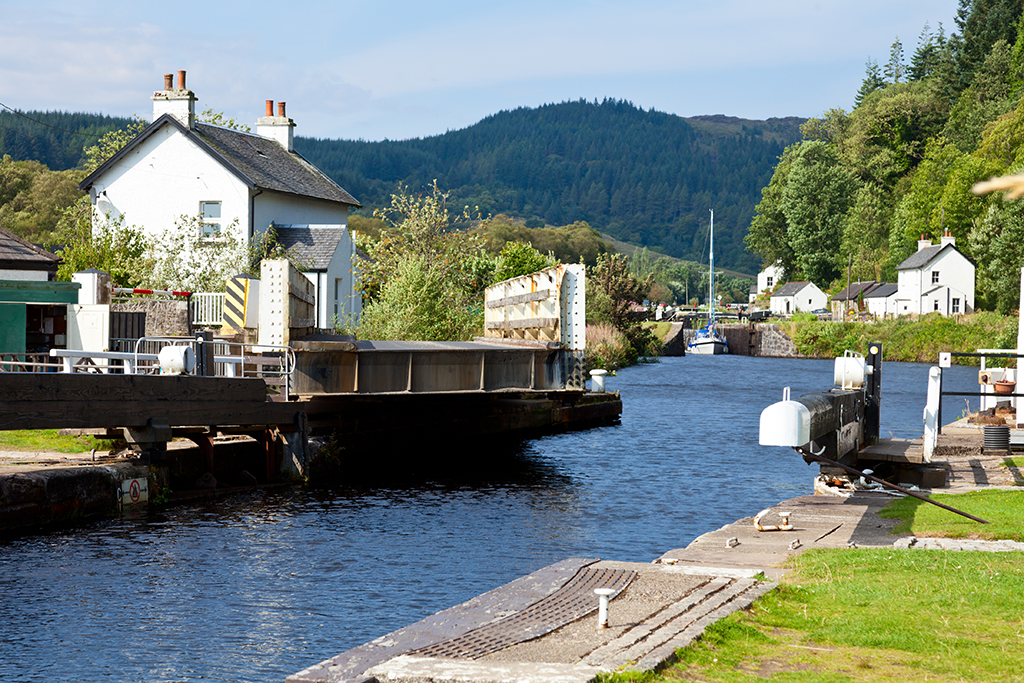
10 fascinating facts about… mid Argyll
Argyll is rightly recognised as one of the most stunning parts of Scotland.
Nature is still dominating the sights, and here we present 10 fascinating facts about mid-Argyll.
The Scottish Beaver Trial, which has reintroduced the mammals to the UK for the first time in 400 years, is based in Knapdale Forest.
At 40 miles, Loch Fyne is Scotland’s longest sea loch.
Knapdale has been designated as a National Scenic Area.
The Crinan Canal was opened in 1801 to link Loch Fyne with the Sound of Jura. Queen Victoria travelled along the canal in 1847, after which it was known as the ‘Royal Route’.

A canal lock at Cairnbaan Bridge on the Crinan Canal
Engineer Thomas Telford built piers at Tayvallich, Keills and Carsaig Bay as well as redesigning part of the Crinan Canal.
Taynish National Nature Reserve is home to one of Europe’s finest Atlantic oak woodlands, sometimes called a ‘temperate rainforest’.
Argyll has 23 inhabited islands along its coastline.
Argyll & Bute covers 690,899 hectares but has a population of only 89,590 people, making it Scotland’s third most sparsely populated region.
20 per cent of Scotland’s broad-leaf trees are in Argyll.
Argyll & Bute has Scotland’s longest coastline at over 3,000 miles.
- Click HERE to read 10 fascinating facts about Dumfries and Galloway.
- Click HERE to read 10 fascinating facts about Lanarkshire.
- Click HERE to read 10 fascinating facts about Orkney.
- Click HERE to read 10 fascinating facts about Perth.
- Click HERE to read 10 fascinating facts about Perthshire.
- Click HERE to read 10 fascinating facts about Royal Deeside.
- Click HERE to read 10 fascinating facts about Speyside.
TAGS

